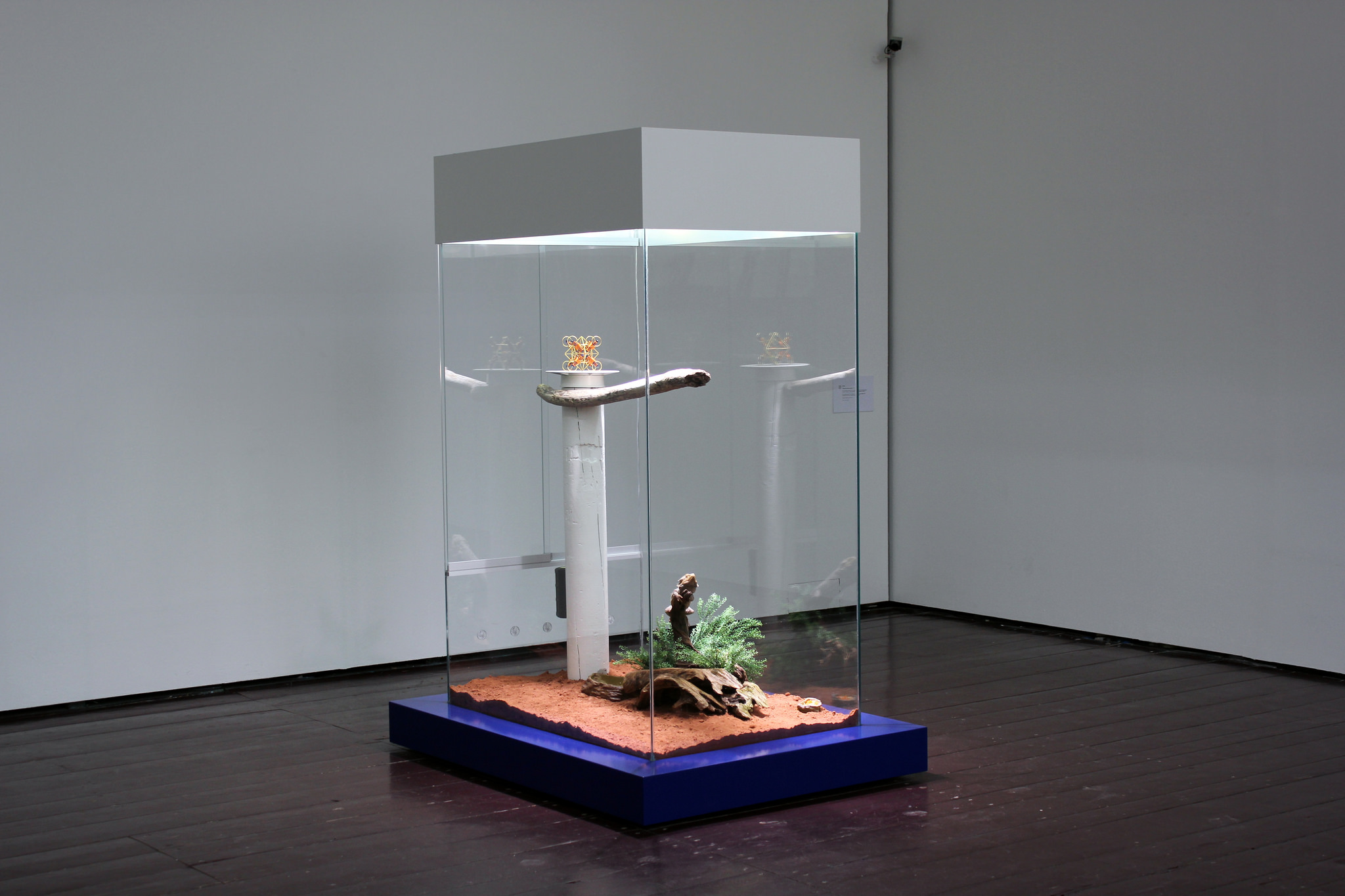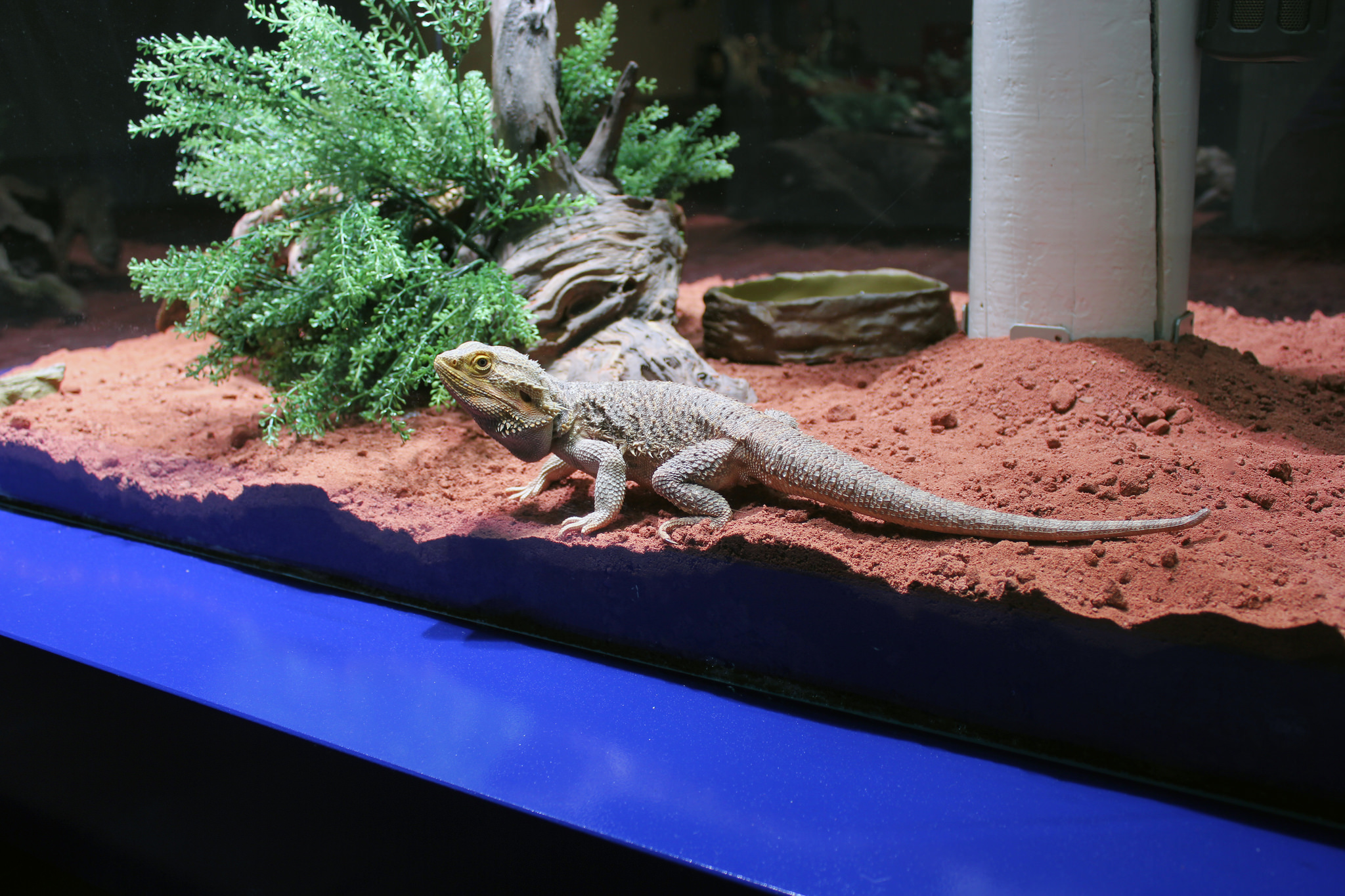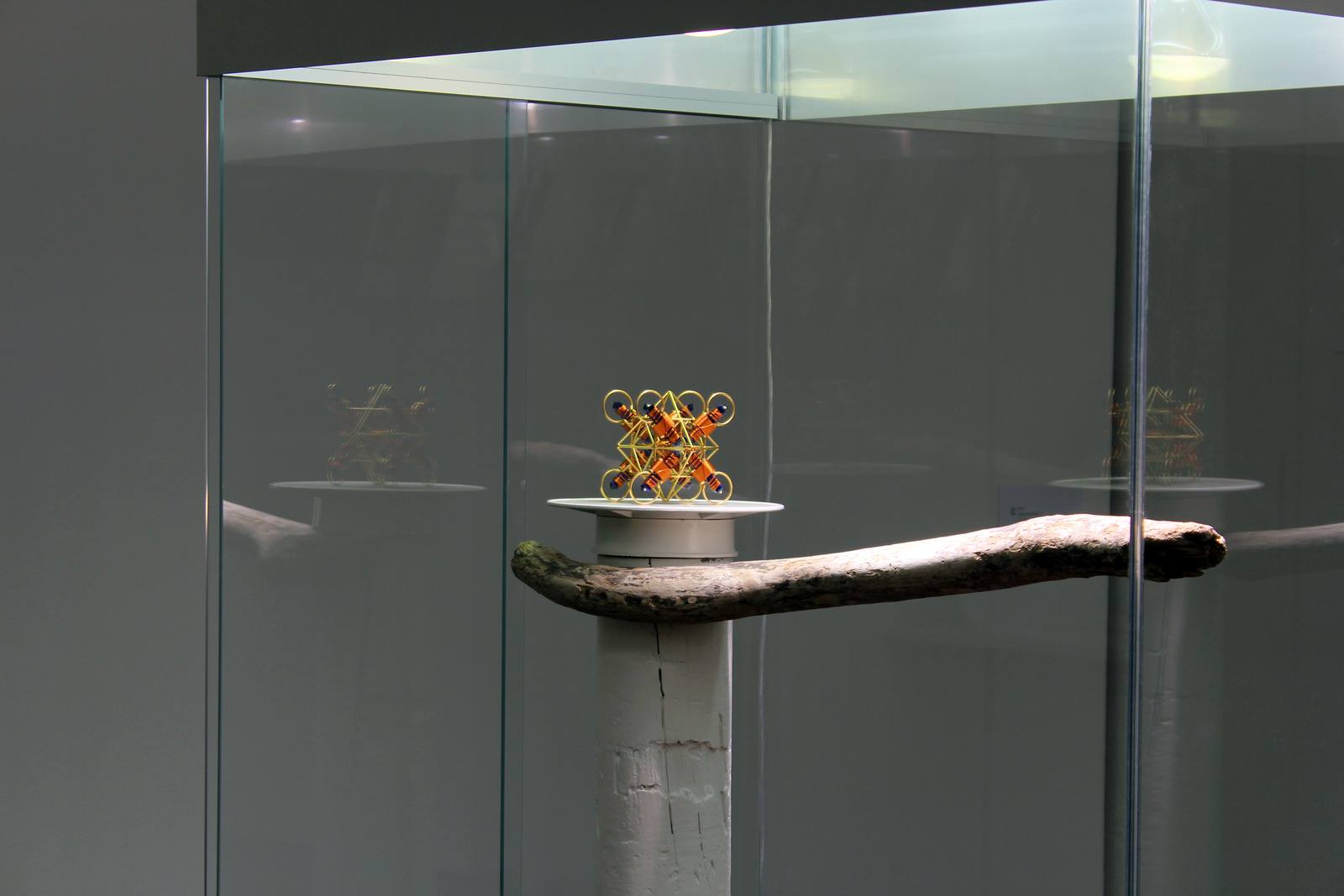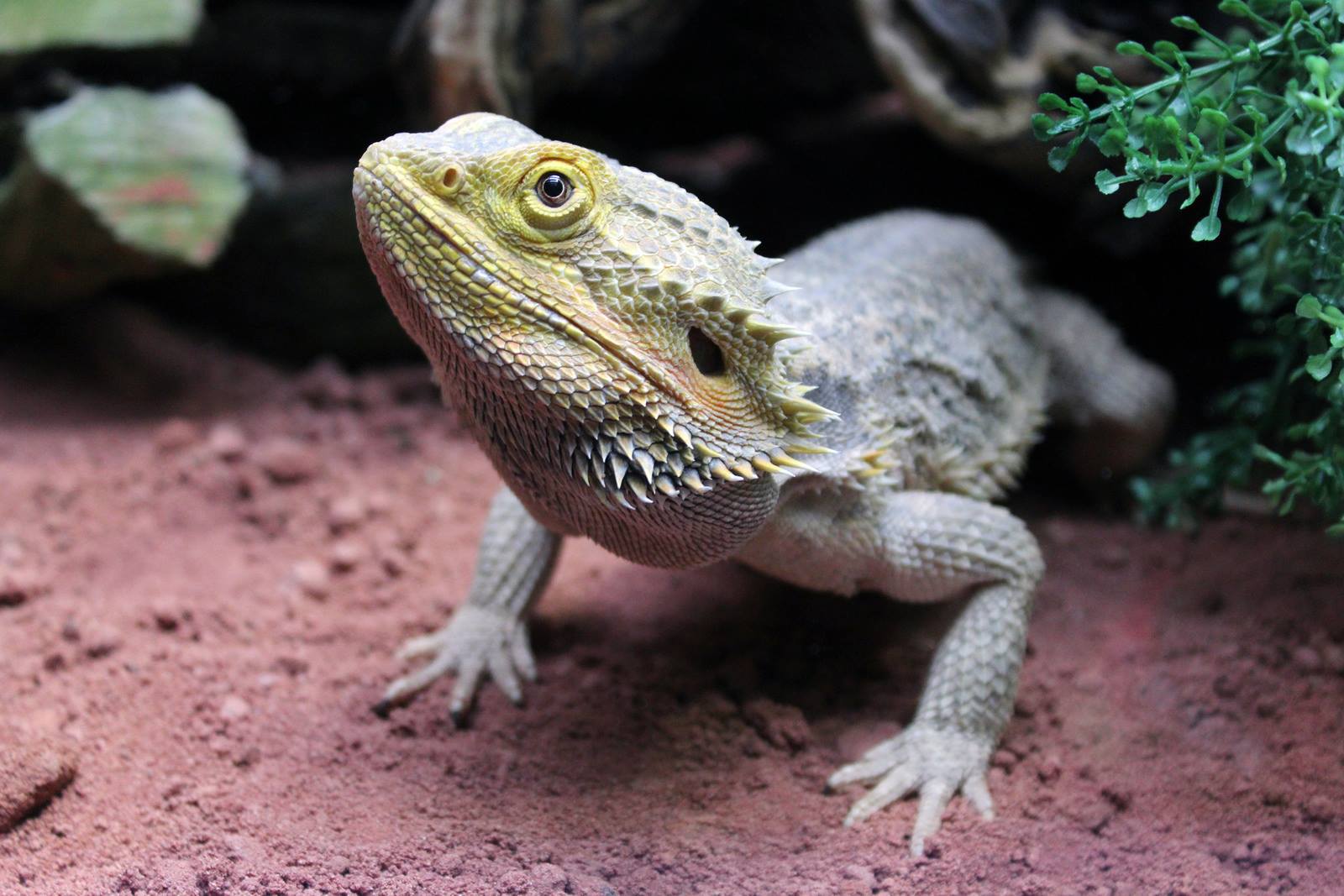During the later part of the 18th Century amidst the Industrial Revolution, developments in the coal and iron industries ended thousands of years reliance on the life preserving rhythm of the sun in replacement with the dread ticking of the clock. Thus modern capitalism embarked on a two hundred year long insurrection against the creator of all life on earth. When the coal and iron industries diminished during 1900’s the earth’s rebellion against its creator was far from over. New industries in crude oil and rare metals arose to continue the perpetual drilling, digging and unearthing of the rebel energy sources.
The Small Maitreya Solar Cross is both a sacred and ancient symbol of adornment to the sun’s immense power and to bespoke, high-end products of consumer culture which point their middle finger at the sky. At its retail price of £682.50 it is a shrine to the precious metals that lay within the earth’s crust. The bearded dragon which sits next to the Solar Cross presents another paradox. She basks underneath a neodymium lamp in captivity whilst her wild relatives are threatened in their natural habitat due to global warming.
120bpm does more than move the dance floor; this repetition, this constant meditation on these subjects asks for one thing: we want the Sun back*...
 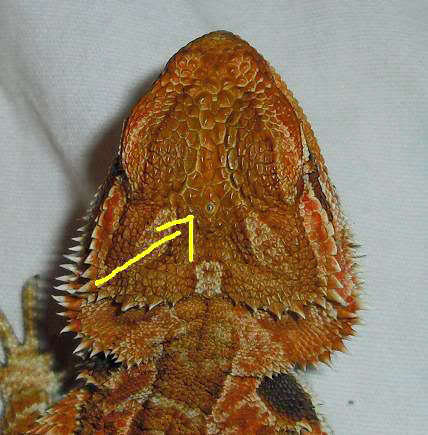
 * Neural Oscillations are a rhythmic or repetitive neural activity in the central nervous system. Repetitive and meditive methods such as brainwave entrainment can be applied to lower the threshold of consciousness through drum beat and other techniques, thus moving neural activity into a position between the two brain hemispheres towards the "principal seat of the soul". * Neural Oscillations are a rhythmic or repetitive neural activity in the central nervous system. Repetitive and meditive methods such as brainwave entrainment can be applied to lower the threshold of consciousness through drum beat and other techniques, thus moving neural activity into a position between the two brain hemispheres towards the "principal seat of the soul".
The parietal eye, also known as a parietal organ or third-eye is responsible for regulating the circadian rhythm in reptiles, often visible at the top of the head.
Exposure to light in reptiles and humans alike can set off a chain reaction of enzymatic events within the pineal gland which regulate circadian rhythms. |
|

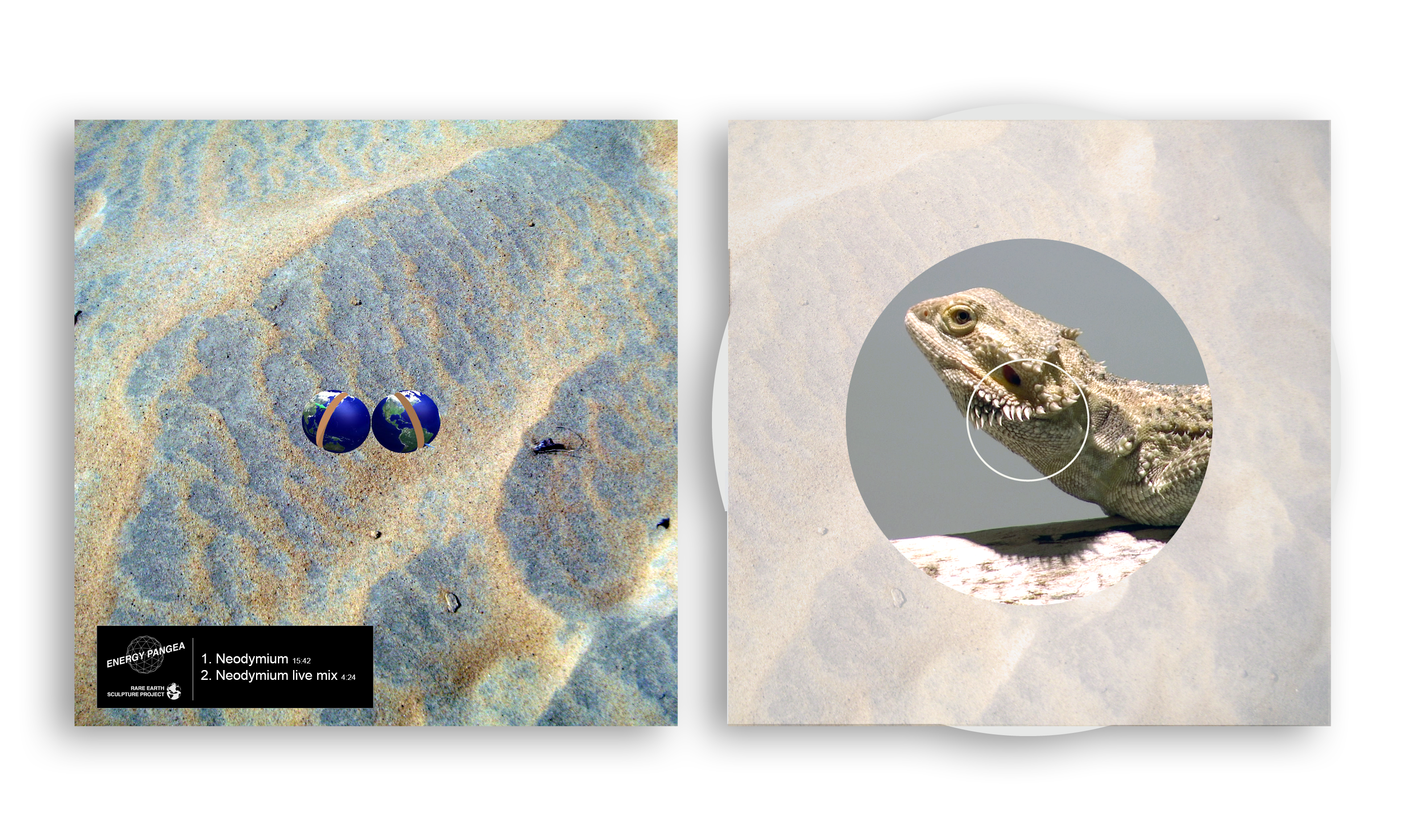

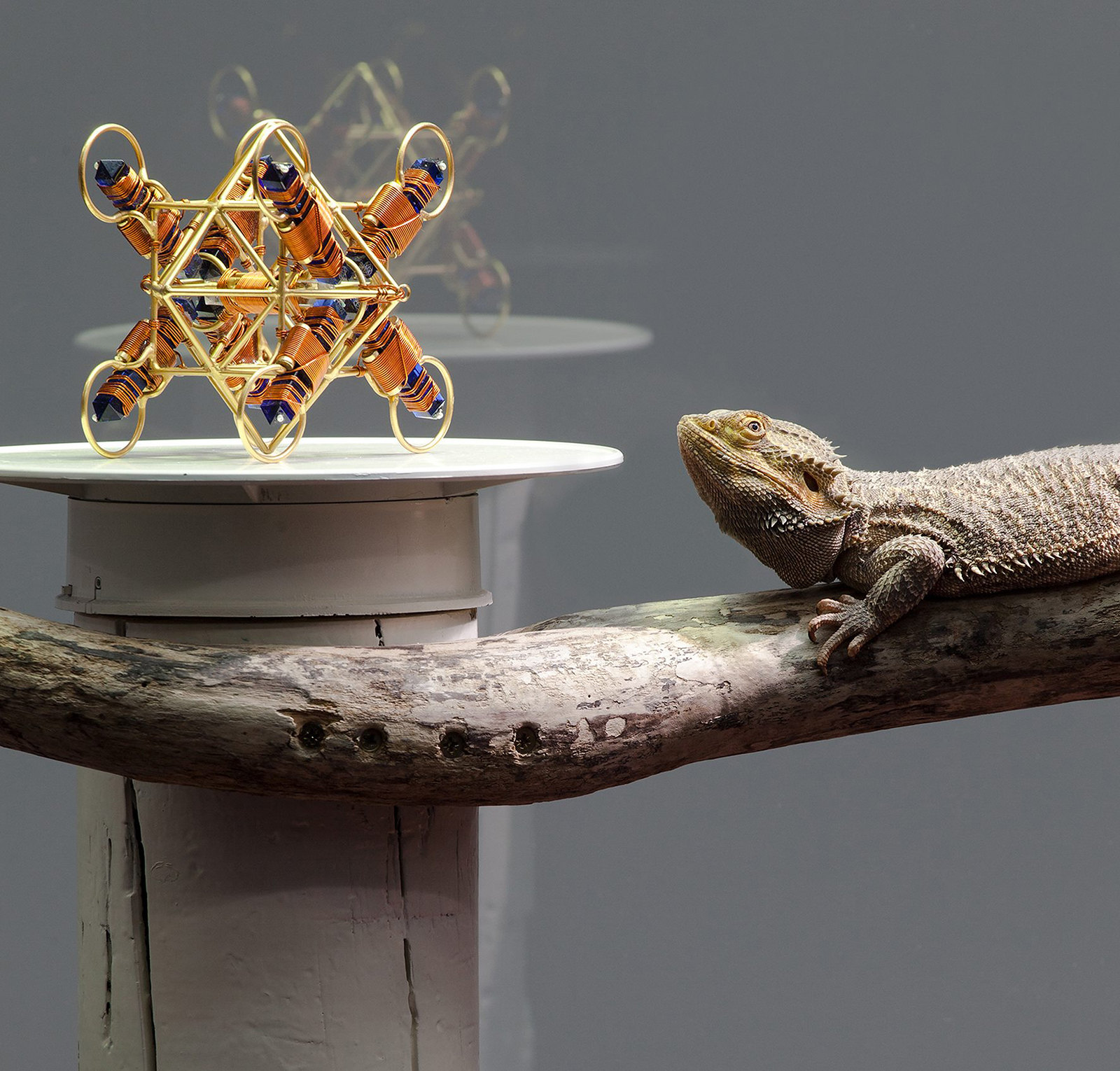


 * Neural Oscillations are a rhythmic or repetitive neural activity in the central nervous system. Repetitive and meditive methods such as brainwave entrainment can be applied to lower the threshold of consciousness through drum beat and other techniques, thus moving neural activity into a position between the two brain hemispheres towards the "
* Neural Oscillations are a rhythmic or repetitive neural activity in the central nervous system. Repetitive and meditive methods such as brainwave entrainment can be applied to lower the threshold of consciousness through drum beat and other techniques, thus moving neural activity into a position between the two brain hemispheres towards the "